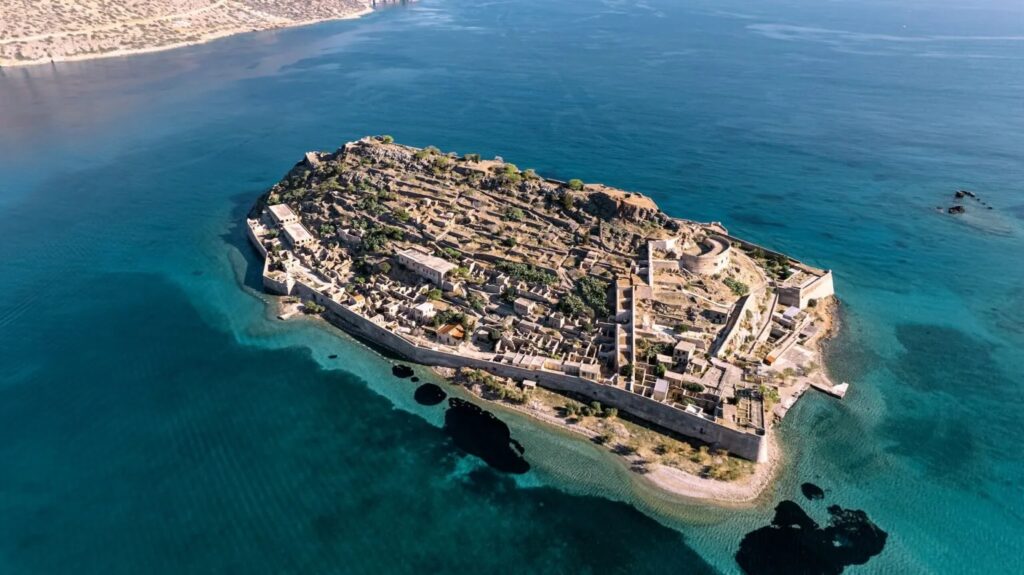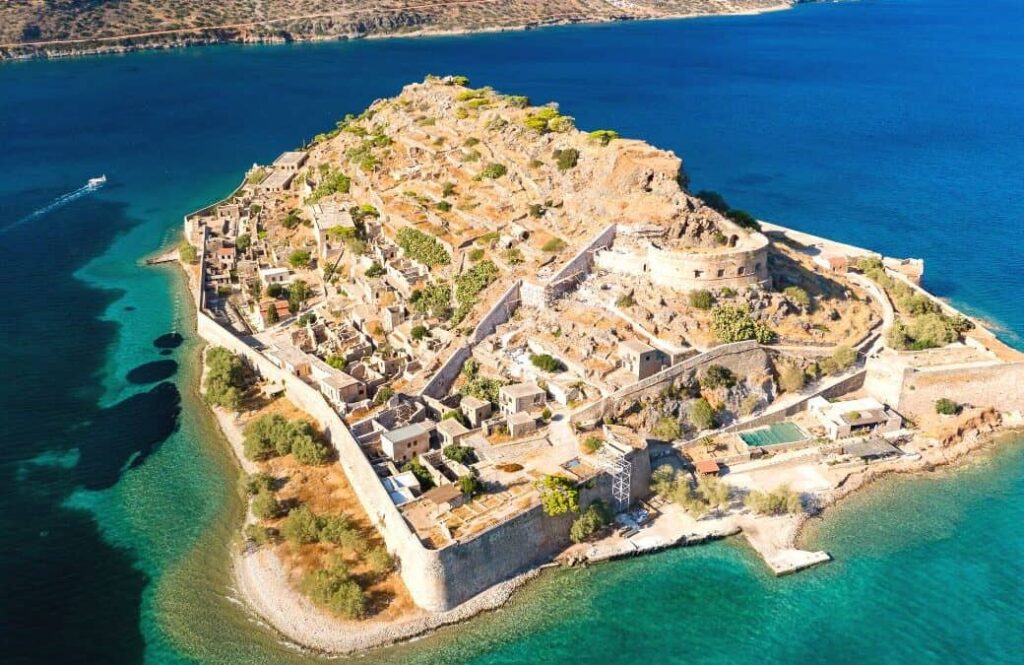Since the beginning of the civilised world, people engage in macabre, mournful and “dark” interactions and, paradoxically, pursue traumatic experiences in the context of social interaction and fun.
Public executions, death rituals, battles sites, disasters and atrocities, are some of the examples that attracted, and continues to attract, visitors. There is an innate curiosity about death and a willful or not friction with inevitable mortality.
Greece has several areas that have the potential to develop with this type of tourism, but they remain unexploited, as Travel highlights.
The main reason for this inactivity by the local tourism industry is the effort to promote the image of Greece as a tourist destination for fun and summer enjoyment and not to preserve the memory of negative events.
Thus, most of the points, spaces and buildings associated with the most macabre or “bad” historical accounts of the country’s memory are ruined, ignored or remain paradoxical destinations for the most “strange”.
The further away from the collective memory is the memory of an event associated with a place, the less influence it has, with the result that its visitors decrease and it is forgotten.
The points that show the most tourist interest are known as autonomous tourist destinations that happen to have a “dark” tone.
The islands of exile , places of isolation and punishment, for political, medical or social reasons and they include, among others, Bourtzi, Gyaros, Makronissos and Spinalonga.

Makronisos was used as a military prison island and concentration camp from the time of the Greek Civil War until the restoration of democracy, following the collapse of the Regime of the Colonels in 1974. Torture methods were used among others.
Because of its history, it is considered a monument of the civil war era; therefore the island and the original structures on it are protected from alteration. Among the prisoners of Makronisos were Apostolos Santas, Nikos Koundouros, Mikis Theodorakis, Leonidas Kyrkos and Thanasis Vengos.
The places of death in areas of burial and commemoration of the dead, such as the First Cemetery of Athens.

The monuments and museums related to battles, places of torture or death, such as the war museum, the monument of the Polytechnic and the Gestapo monument, which is currently located at the entrance of a department store in the centre of Athens.
The archaeological sites, which belong to the distant past and do not have much influence on the current reality of the country, such as the Necromandeion of Acheron and the cemetery of the Vogomils.

Finally, the paradoxes, which show a lot of traffic and are already exploited by the tourist industry, such as Navagio beach, in Zakynthos, which, although not related to death, torture or war, has a dark history.
On 2 October 1980, the coaster MV Panagiotis, ran aground in the waters around Zakynthos Island on Navagio Beach during stormy weather and bad visibility.
Some rumours claim the ship was smuggling contraband; however, official sources did not confirm this, and the captain was not convicted for such offences at the time.
Recently released court documents and photos relating to the incident back up the smuggler story, suggesting that Panagiotis was allegedly making its way from Turkey with a freight of contraband cigarettes headed for Italy.
Encountering stormy weather, the ship ran aground in the cove, where the crew abandoned her to evade the pursuing Navy.
After the captain alerted the authorities, 29 locals were convicted of looting the cargo and valuable equipment from the wrecked ship. The ship was abandoned and still rests buried in the limestone gravel of the beach that now bears the nickname Shipwreck.
Thus, in Greece, the places that show dark interest vary in thematic, content, scale, historical or folkloric significance.
Today’s tourist is looking for something different, from what conventional tourism offers him, to intensify his experience, he wants to experience the unconventional, the unexpected, the “other”, the dark.
Thus, although dark tourism includes the “negative”, it also hides the “positive” for those who want to learn something new or approach areas they already know from a different perspective.
Casting some shadow on our next journey, following a darker path, aspects of human nature will emerge, struggling to come out into the light.
Source : Greek City Times


